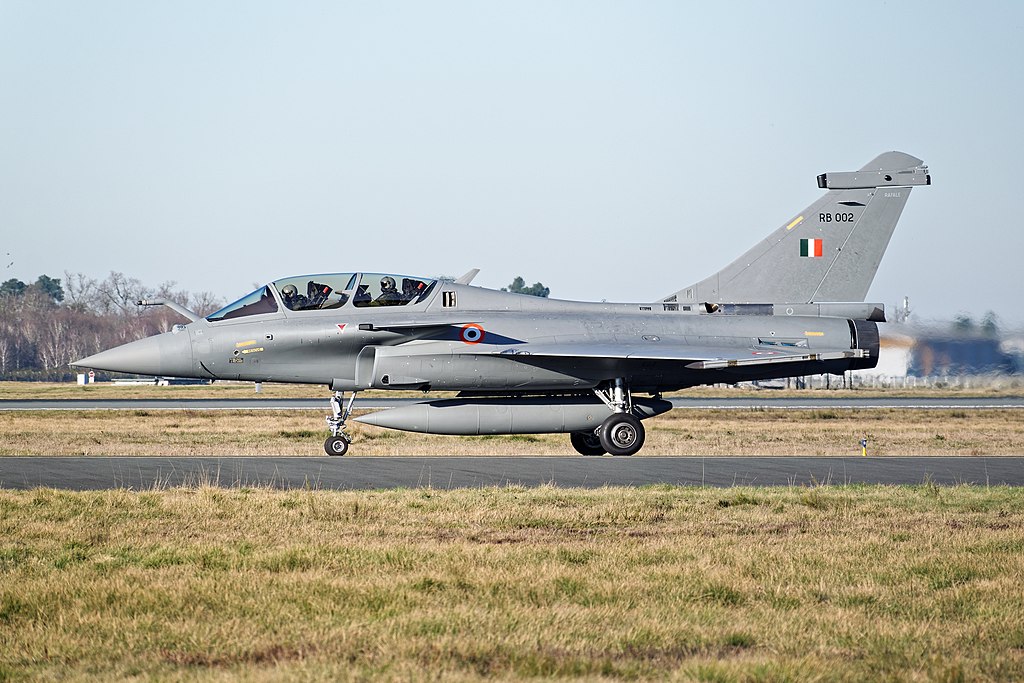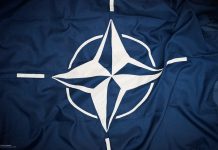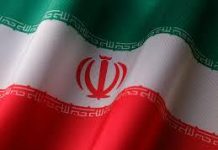
French military and intelligence authorities have alleged that China attempted to undermine the reputation of the Rafale fighter jet during the India-Pakistan aerial conflict in May. They claim this effort involved diplomatic channels, AI-driven propaganda, and manipulation on social media platforms.
French sources indicate that Chinese defence attachés stationed at embassies worldwide raised concerns about the Rafale’s performance, particularly aiming to sway the opinions of nations that have already acquired the jet, such as Indonesia.
According to the French military, these actions were designed to damage the global credibility of the Rafale aircraft and hinder France’s defence export image.
China Dismisses Allegations as Groundless
China’s Ministry of Defence refuted the accusations, labelling them as mere “rumors.” In an official response, the ministry asserted that China maintains a responsible stance on arms exports and refrains from interfering in other nations’ military procurement decisions.
France Points to AI-Driven Misinformation
French defence officials believe the disinformation campaign intensified during the four-day aerial standoff between India and Pakistan in May 2025, during which India deployed its Rafale jets.
Cybersecurity teams in France reported a sudden surge in fake social media accounts—over 1,000 in total—spreading false content. This included AI-generated videos, doctored combat images, and even video game footage misrepresented as real footage of Rafale jets being downed. These accounts often praised Chinese aviation capabilities in contrast to the Rafale’s supposed shortcomings.
While France stopped short of directly implicating Beijing, officials alleged that China, possibly with Pakistani support, was seeking to influence defence markets in Southeast Asia.
Claims and Counterclaims from the India-Pakistan Conflict
During the confrontation, Pakistan’s military asserted that it had downed five Indian aircraft, including three Rafales. India later acknowledged aircraft losses but did not specify the exact models.
General Jérôme Bélanger of the French Air Force later reported that an independent assessment confirmed damage to three Indian aircraft: one Rafale, one Sukhoi, and one Mirage 2000. If validated, this would mark the first instance of a Rafale sustaining damage in combat.
Indian Defence Chief Stresses Strategic Response
India’s Chief of Defence Staff, General Anil Chauhan, addressed the situation at the Shangri-La Dialogue in Singapore on May 31. In an interview with Bloomberg, he said, “It’s not about how many aircraft were lost—it’s about the lessons we learned and our swift response.”
He emphasized that India made rapid tactical adjustments and responded with precise counter-strikes within 48 hours. Chauhan also rejected Pakistan’s claim of downing six Indian aircraft as “entirely untrue.”
Rafale’s Global Performance and Strategic Value
The Rafale, built by Dassault Aviation, is a versatile, twin-engine fighter with a maximum range of 3,700 km and a service ceiling of 60,000 feet. It can reach speeds of up to 2,500 km/h and is equipped with advanced systems such as the Meteor missile and Israeli avionics.
France’s Ministry of Defence accused the campaign of being a calculated attempt to harm both the Rafale’s international reputation and Dassault’s position in the global arms market.
To date, 533 Rafale aircraft have been sold, including 323 exported to countries such as India, Egypt, Qatar, the UAE, Indonesia, Greece, and Croatia. Indonesia has ordered 42 jets and is reportedly considering additional purchases.
The 2016 India-France deal for Rafales, valued at ₹59,000 crore, remains a key element in India’s efforts to modernize its air force.




